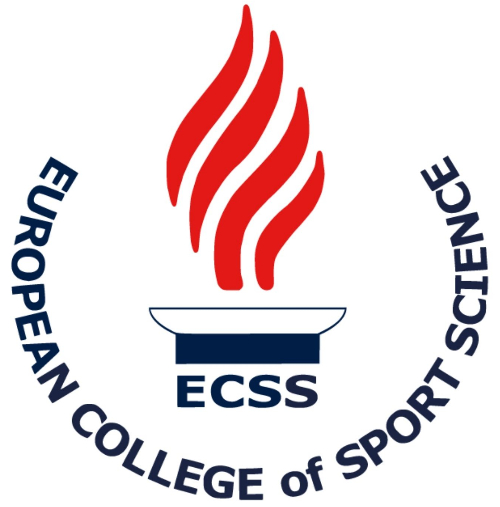Rampinini E1, Sassi R1, Sassi A1, Impellizzeri FM1
1, Human Performance Lab, Sport Service MAPEI, Castellanza, Italy

Several descriptive studies have investigated the match activity profiles of soccer players in order to determine the physiological demands of soccer performance (Bangsbo et al, 1991). It has been commonly accepted that a soccer team’s match performance can be influenced by that of the opponents characteristics (Mohr et al., 2003). However, a quantitative relationship between a team’s match activities and those of its opponents has never been reported. Consequently, the aim of this study was to verify the relationships between some soccer performance variables (total distance covered and the high intensity activities) of a team compared to those of its opponents. 15 Premier League matches, 3 Champions League games and 2 FA Cup ties involving the same professional team (PT) (one of the first four teams in English Premier League) were monitored with a video computerized automatic match analysis system (data published with the permission of ProZone®, Leeds, England). The total distance covered during the game and the high intensity activities (speed>18 km·h-1) of PT and the opponent teams (OPs) were selected for the analysis. To avoid the influence of substitutions, sending-offs and goalkeepers, the average value of the team was determined using the 7 soccer players with the highest values. The relationship between the selected match performance variables of PT and OPs were determined. The mean total distances covered during the games by the PT and the OPs were 11000 ± 387 m and 11128 ± 469 m, respectively. The mean distances covered at high intensity by the PT and the OPs were 855 ± 94 m and 836 ± 114 m, respectively. A significant relationship was found between the total distance covered by the PT and the OPs in the 20 matches analysed (r=0.67). Similarly, a significant relationship was found between the distance covered at high intensity by the PT and OPs (r=0.57). As expected, this study empirically demonstrates that a team’s soccer performance is related to the activities performed by the opposing teams. These significant associations suggest that, when using match analysis to verify the effectiveness of a training intervention on soccer performance, it is necessary to control confounding variables such as opponents’ abilities and the tactics of both teams. Further studies are needed to investigate the effect of team tactics and/or physical fitness levels on soccer performance activities with and without the ball.
9th Annual Congress of the European College of Sport Science (ECSS).
Clermont-Ferrand, France, July 3-6, 2004
Book of Abstract Clermont-Ferrand, 09-1129